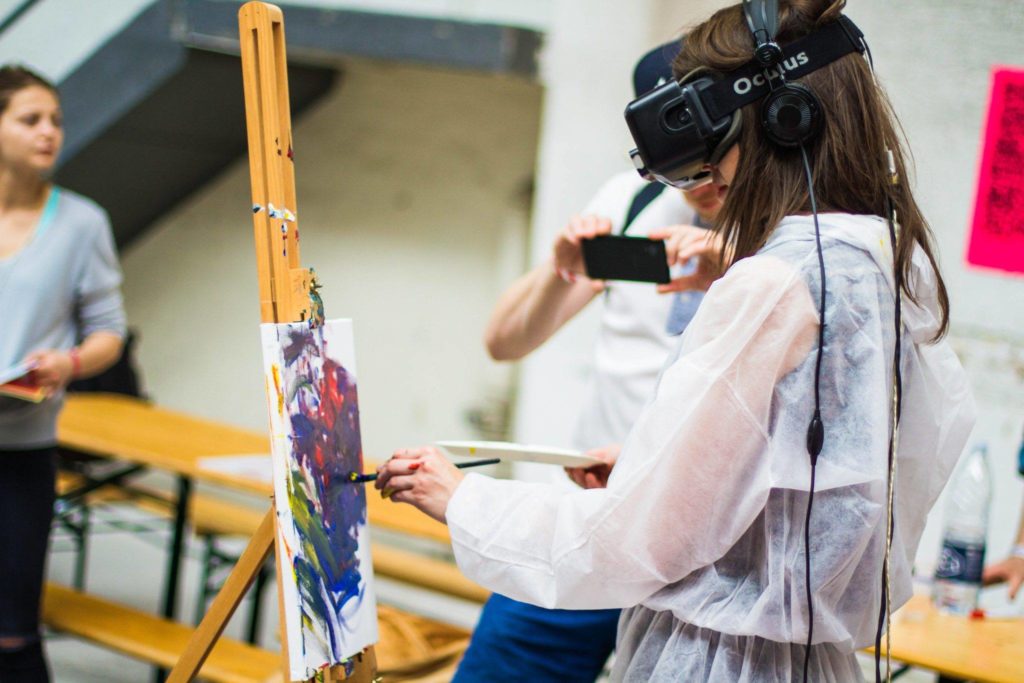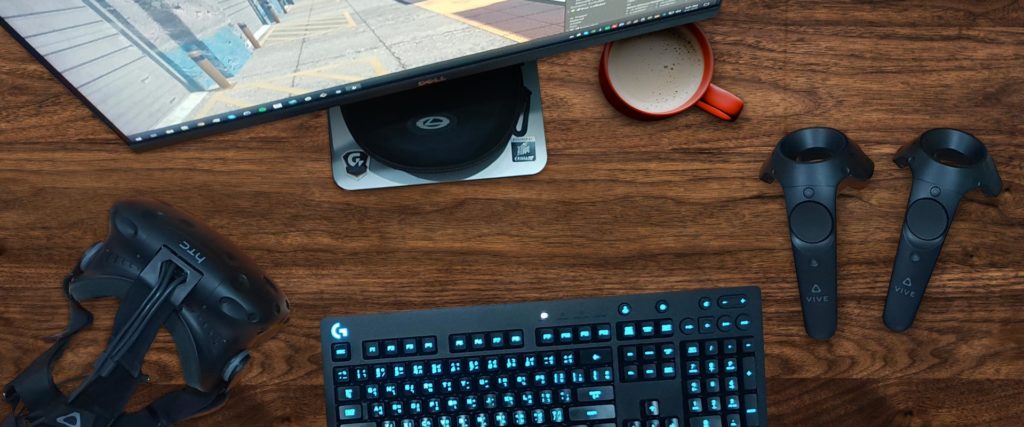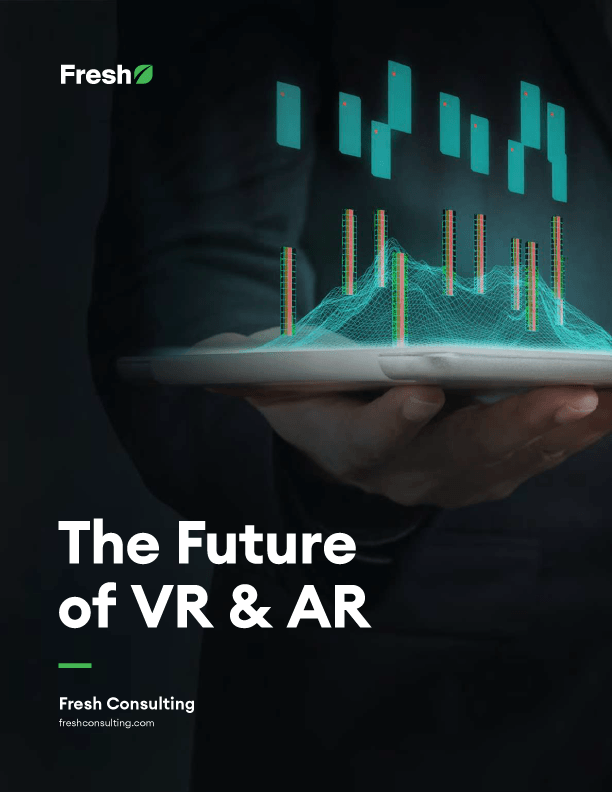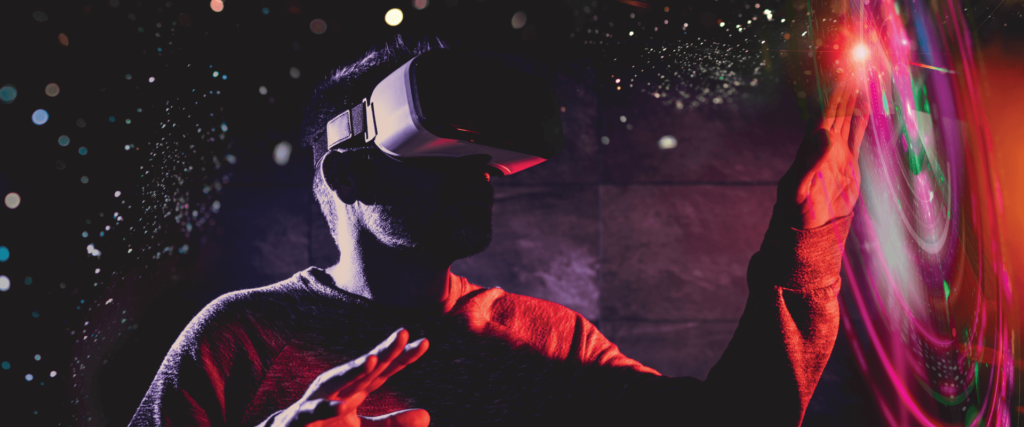Article
A Primer on Augmented Reality App Development
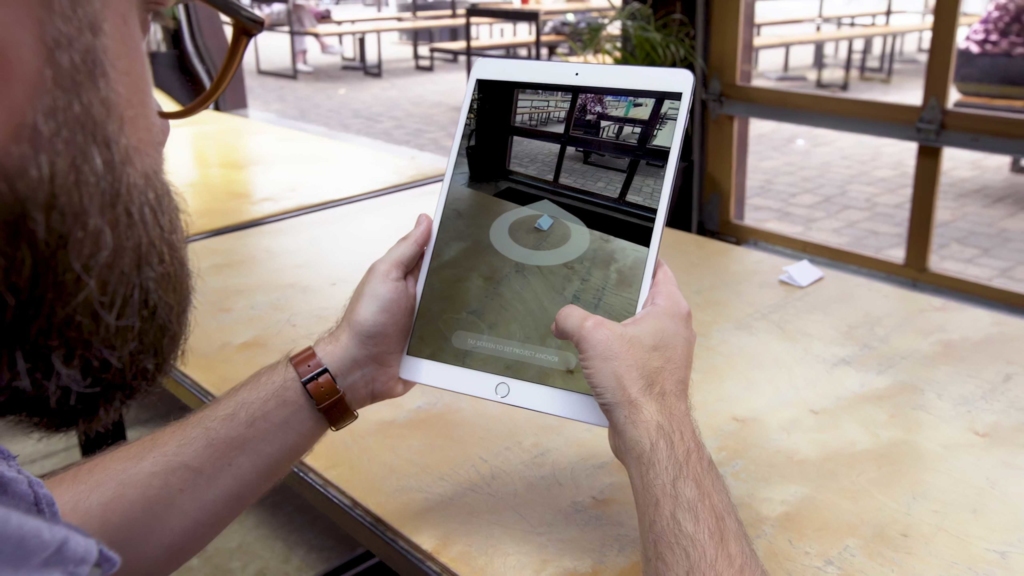
Augmented reality (AR) has quickly become a part of daily life for hundreds of millions of users worldwide, thanks to AR apps. From gaming to social media mobile apps, augmented reality is an astoundingly popular recreational technology, but the benefits of augmented reality in manufacturing, healthcare, and other industries are sometimes lost in the conversation.
Augmented reality can solve a host of modern problems. Whether it’s an immersive business card experience or smart glasses providing remote guidance for machine technicians, augmented reality delivers transformative results when virtual interfaces collide with the physical world.
Curious about leveraging augmented reality for your next project? Learn more about our AR solutions.
What is AR Development?
In the absolute simplest terms, augmented reality development is the process of designing augmented reality experiences for end-users. But before we explore AR development further, let’s agree on our definition of augmented reality.
Distinct from virtual reality (VR), augmented reality is an interactive, immersive experience that blends 3D models, digital interfaces or other augmented reality objects with the physical world as it happens. Augmented and virtual reality can assume many forms, though the most popular iterations are AR apps.
Augmented reality is a growing commodity, with mobile use up 29% in 2021. However, it should be noted that most users experience augmented reality as an aspect of mobile apps, as in Instagram’s endless library of filters, and not through dedicated augmented reality apps. But with millions of users already accustomed to AR technology, full augmented reality experiences are more viable than ever.
Augmented reality development builds the best possible solutions for end-users, tailored to the specific device and the environment in which AR apps will be used. While these same principles apply to many tech development endeavors, the added element of a user in constant motion distinguishes augmented reality development from other types of development.
Augmented reality app development is mostly dependent on mobile devices and wearable AR technology like smart glasses to achieve their intended functionality, but there is quite a bit of variance as to how augmented reality experiences are developed for these platforms, from specific augmented reality software development kits, or augmented reality SDKs, to the use of cloud recognition technology.
The requirements and constraints of augmented reality app development have led to some delightfully imaginative experiences in museums and galleries, premium packaging, and gaming. With the understanding that users will be in motion when immersed in augmented reality, app developers have created some fantastic fully dimensional tools, virtual objects, and animations, blending virtual reality with real life.
What it Takes to Develop an Augmented Reality App
Developing a fully custom app is intensive, whether for virtual reality, augmented reality applications, or otherwise. Augmented reality presents particular challenges for developers, most prevalently in designing software that reliably interacts with a real physical environment. There are a few main considerations in augmented reality app development.
First and foremost, in augmented reality app development, it’s essential to understand your intended end-user as much as possible. Who will be using the product, and perhaps more importantly, where they will be using it are fundamental to the success of any augmented reality app. Ideally, this involves extensive research and testing to create user personas and gather feedback to refine the augmented reality experience.
Hardware capabilities are next. Once you identify your end-users, you’ll need to consider what type of device or devices they’ll use and how your augmented reality app will integrate. Screen size and processing power can vary wildly from device to device, especially concerning wearables like augmented reality headsets and smart glasses. Each comes with different tradeoffs for AR apps.
Although it seems like an obvious point to make, regularly working with the device for which you’re developing AR apps is indispensable. If understanding your end-user is the goal, there’s no substitute for stepping in their shoes and experiencing how the software feels.
Tools Used
There are many tools at the disposal of AR developers, from an augmented reality SDK to dedicated tools using cloud recognition technology. Whether it’s an augmented reality SDK or a completely custom solution, it’s essential to consider the right augmented reality tools for the job.
There are three main classifications of augmented reality workflows and a number of developer tools and augmented reality SDKs available for each when developing augmented reality apps. Choosing the right augmented reality development kit can make or break a project.
Native AR runs on the CPU of a device rather than a third-party browser. The most popular examples are smartphones and other mobile devices. The primary augmented reality SDKs for developing native AR apps are ARKit for Apple products and iOS and ARCore for Android and Google products.
Web-based AR experiences are loaded through a web browser instead of a dedicated device. Developer tools include AR.js for image tracking, 8th Wall for face effects, and Three Kit for image rendering, among many other functions for each.
Engine-based AR using platforms like Unity, Godot Engine, and Unreal Engine allow for greater immersion and customization. These platforms are often used for gaming but are equally valuable in designing augmented reality apps.
Other augmented reality app development tools include
- Seek, a software used to scale products in AR with existing platforms
- Vuforia Engine, which helps developers build augmented reality product demos and brand campaigns with cloud recognition technology
- Apple AR Tools, an excellent option for beginners to experiment and design their own customized AR experiences
- Adobe Aero, which allows developers to use Adobe platforms to create augmented reality experiences without the burden of coding
Augmented reality has countless applications to support your operations. Contact us today to start your AR journey.
Industry Uses for AR
We’ve only just begun to witness the potential of augmented reality applications in transforming the way we work. In fact, so many industries have adopted AR solutions that it’s become practically impossible to confine augmented reality to the context of mobile games and location-based AR apps anymore.
- Sales & Marketing: Augmented reality can be leveraged to create unforgettable product demonstrations and sales pitches. An excellent AR experience can replace the traditional sales kit.
- Manufacturing: With the help of AR smart glasses, machine technicians can receive real-time guidance without searching for instructional documents or supervisors.
- Design: Designers can drastically improve the product prototyping experience with AR. Augmented reality allows for changes to be made without the need for physical materials, cutting costs and driving productivity.
- Healthcare: Augmented reality can help nurses find veins easily, guide surgeons through complicated procedures, and support medical students as they learn with interactive, meticulously detailed models of human anatomy.
- eCommerce: Consumers can use augmented reality technology to virtually sample products and services before committing to a purchase.
- Education: Educators can add an extra layer of interactivity via gamified lessons and augmented reality visualizations to their classrooms.
There’s no wrong industry for augmented reality apps. As augmented reality continues to disrupt and AR technology advances, the only limit is imagination.
With Fresh Consulting’s talented augmented reality developers on your side, you’ll get custom augmented reality app development that fits your needs. We have a wealth of experience in developing AR apps, including Google’s “Just a Line,” AR Business Cards, and an Educational Robotics Platform.
We’ll work closely with you to understand your challenges and the augmented reality solutions you need. More than developing an outstanding AR app, we deliver confidence.

